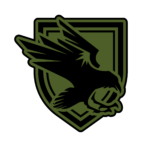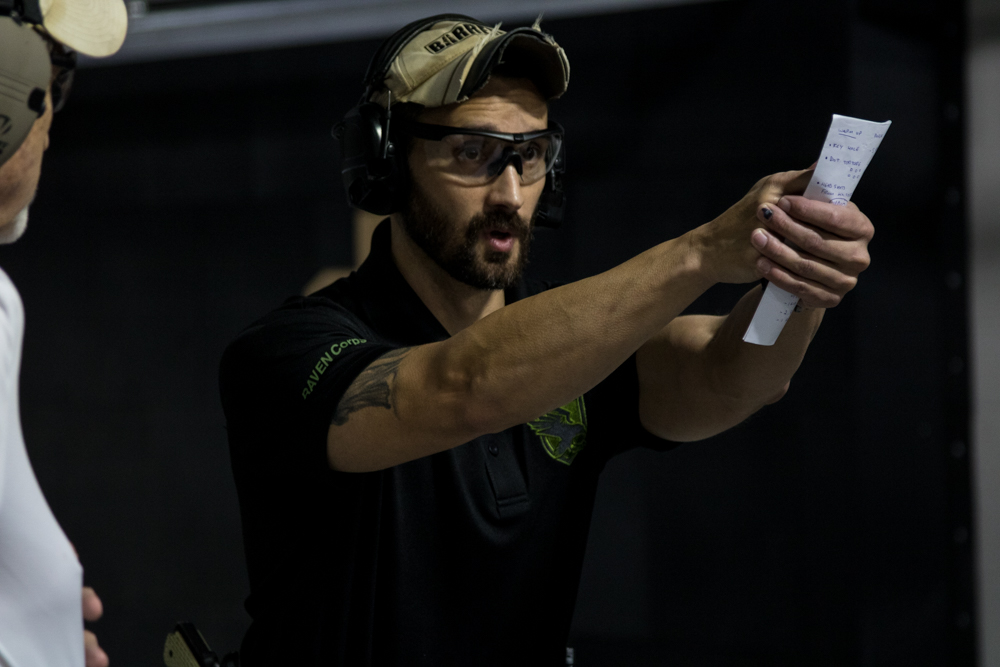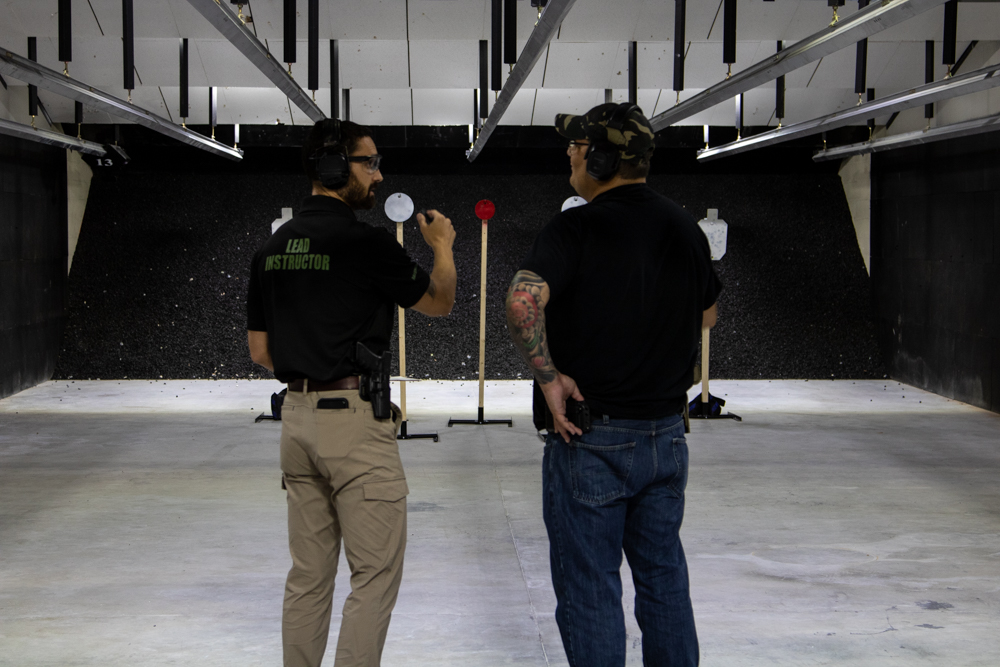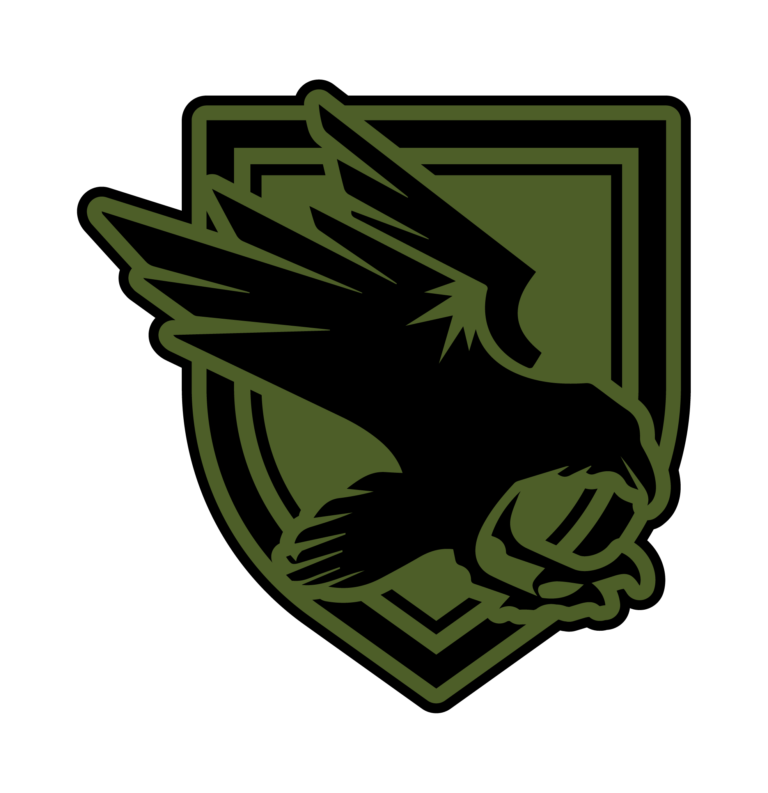Introduction
Drawing from my experience as a certified firearms instructor, and my extensive background in military and law enforcement, I’ve gained insights into the art of marksmanship. One crucial skill that holds importance for all shooters is mastering the technique of a smooth trigger pull. Let’s delve into this aspect of marksmanship fundamentals that can significantly enhance your shooting accuracy.
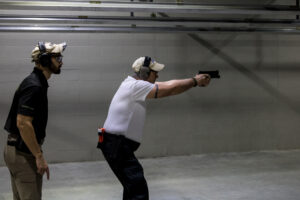
Understanding Trigger Control
Trigger control serves as the foundation of shooting. It entails how you apply pressure on the trigger to discharge the firearm. Novice shooters often confuse a jerky and abrupt trigger pull with what should be a controlled and fluid squeeze.
It’s important to recognize that the trigger is not a switch for firing the gun; it requires the application of proper technique.
The Mechanics Behind a Smooth Trigger Pull
Initial Finger Placement
The journey towards achieving a trigger pull commences with how you position your finger on the trigger. Utilize the pad of your index finger, avoid placing pressure using either the tip or joint. This approach enables control and promotes consistency throughout each pull. There are differing opinions on this and I won’t debate the pros and cons here. But this is the technique I’ve used successfully for over 20 years.
Consistency breeds accuracy!
Steady Pressure
If you have a two-stage trigger, you’ll want to take up the slack in the first stage until you meet the resistance in the trigger wall. Then, visualize your trigger finger as a lever and move it independently of the other fingers of your firing hand. Avoid squeezing the handgun like a tennis ball, only squeeze with the trigger finger. The pressure should increase gradually leading up to breaking the shot. To maintain your sight alignment and prevent the gun from jerking it’s important to have a smooth, consistent trigger pull.
The Break
When you pull the trigger it should initially catch you by surprise. You don’t have to squeeze the trigger hard. Apply steady pressure until the gun fires.
Follow Through
Even after the shot is fired continue applying pressure on the trigger. Hold it to the rear. This will prevent you from “jumping off” the trigger and make resetting the trigger easier. Repetition is the key to mastering this step. Honestly, it’s the key to mastering all of these steps provided you repeat them the right way.
When I started shooting competitions I had difficulty with trigger reset. However, once I started focusing on these steps my accuracy and speed improved significantly.
Exercises to Enhance Trigger Discipline
Dry Fire Exercises
Practicing without ammunition can be both safe and effective. Not to mention the savings on ammo. Before you get started, make sure your firearm is unloaded and pointed in a safe direction.
Dime and Washer Drill
Practice your trigger pull in a controlled environment. Placing a spent casing on the end of the slide and press the trigger without disturbing the sights or causing the casing to fall off the handgun. If an expended cartridge is too easy, increase the difficulty with a smaller, more narrow object. It helps if you have a friend or instructor place the item on the handgun for you after you have achieved a good firing grip.
The Wall Drill
Choose a dot on a wall as your target. Aim at it. Concentrate on keeping your sights aligned while practicing your trigger pull. This exercise improves both trigger discipline and sight alignment. After you break the shot, keep the trigger firmly to the rear. Then, run the slide to reset the trigger mechanism. After you sent the slide forward, reacquire your proper firing grip and slowly let the trigger out until you feel and hear the metallic click of the trigger resetting. Lather, rinse, repeat.
These exercises truly transformed my shooting technique. Remember that patience and repetition are essential for improvement.
Mind Over Matter- The Psychological Aspect
Remaining Calm and Focused
Shooting involves both physical and mental aspects. Stay composed and concentrate on your trigger squeeze. Allow the shot to occur naturally.
Managing Anticipation
Many beginners tend to anticipate the shot resulting in a flinch. Focus on your breathing. Have faith in your technique and trust the shot will be there.
Breath Control
Take a breath, exhale and then briefly pause. This is called the “natural respiratory pause.” During this pause, smoothly squeeze the trigger. This natural pause in the breathing cycle is a small window where our body isn’t fighting for oxygen. This technique helps minimize movement and enhance concentration. However, the pause only lasts a few seconds and can be difficult to do during stressful situations or physical exertion.
Inhale, Exhale, Squeeze. Front Sight Post, Squeeze. Breath, Relax, Aim, Squeeze. This is some of the verbiage I use when I talk students through the shot process.
Considerations for Gear and Equipment
Triggers have varying behaviors. A double action trigger may require force compared to a single action one. Understand your firearms characteristics. Adjust your approach accordingly. Sometimes installing aftermarket triggers can significantly improve the smoothness of the trigger pull, but better-quality parts is not a substitute for training.
Practice Makes Perfect
Regular practice is crucial. Join shooting clubs. Seek professional training to continually enhance your skills. Your practice sessions should include exercises without ammunition as well as live fire drills to develop muscle memory and gain real experience.
Advanced Tips for Shooters
As you become more comfortable with shooting, find a qualified coach that can bring your skills to the next level. If you’re a more experienced shooter, consider a private coaching session with RAVEN Corps. For you beginners, here’s some more information on the other fundamentals of marksmanship at stlbsa.org.
When I underwent SWAT training, I received a lot of one-on -one attention at the range. We used a ‘shooter-coach’ system and it improved my marksmanship by leaps and bonds. It was amazing to learn new techniques, have someone coach me through the live-fire, and see tangible results in my performance.
Conclusion
Mastering a smooth trigger pull is a skill that requires time and dedication but offers rewards. It’s important to remain patient, persistent and consistently practice. Remember that every skilled shooter started as a beginner and every day presents an opportunity for improvement.
Keep in mind that your journey towards firearms proficiency is ongoing and each step you take brings you closer to becoming an expert.
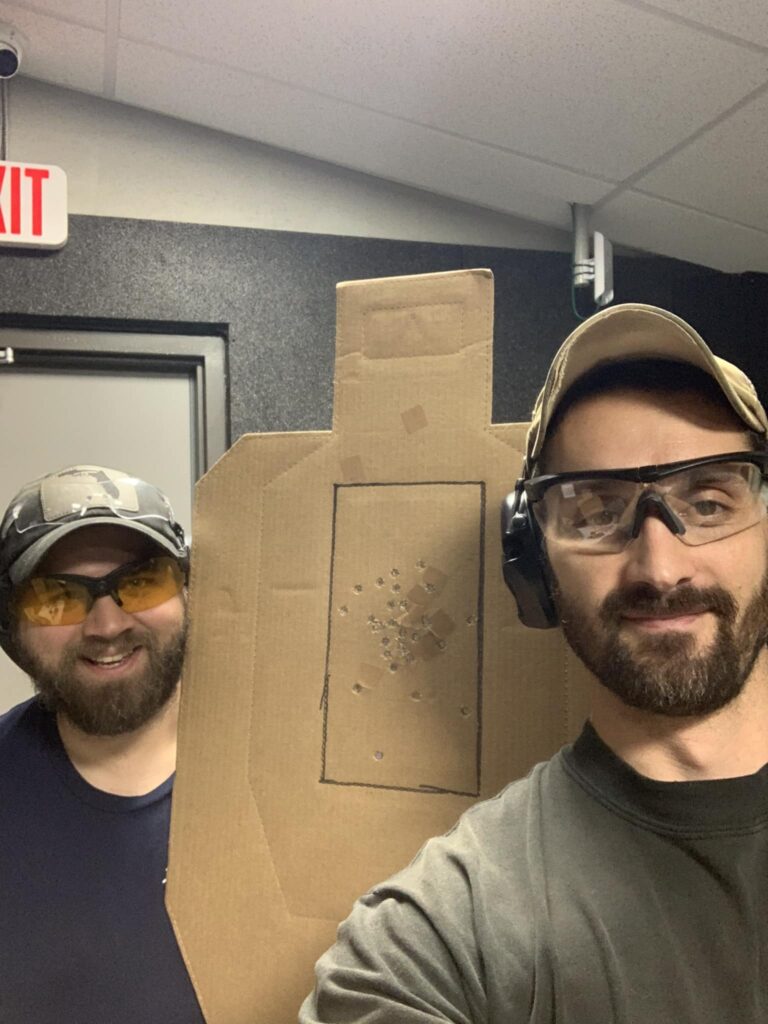
Having trouble mastering your trigger control? Want to improve your trigger reset and follow up shots? Book a private lesson with me and I’ll teach you how to shoot your handgun like a Sniper!
